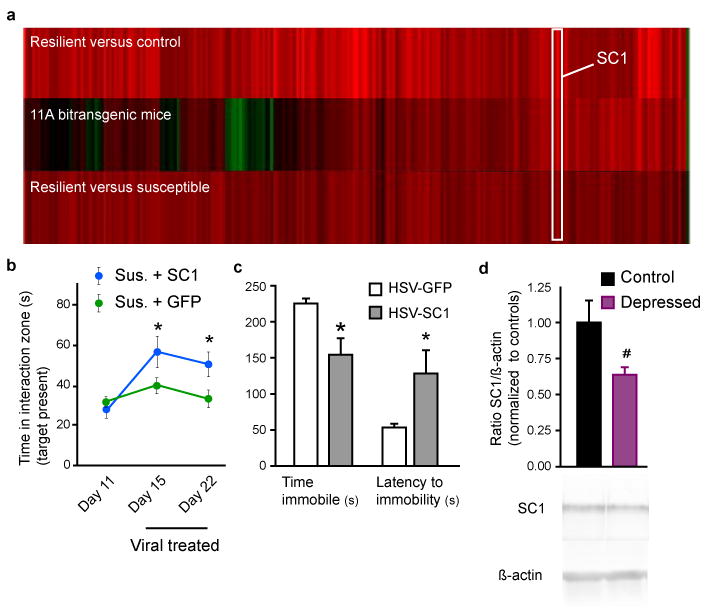Figure 6. Pro-resilience, antidepressant-like effects of SC1 in NAc.

(a) Changes in gene expression observed in NAc during resiliency overlap with those observed upon overexpression of ΔFosB (comparing datasets in refs 10 and 24). The upper heatmap shows 106 genes significantly regulated (>1.5 fold; *P<0.05) in NAc by social defeat in resilient mice compared to control, and how those same genes are regulated in resilient mice vs. susceptible mice (lower heatmap) and by overexpression of ΔFosB in 11A mice (middle heatmap). Position of SC1 on the heatmaps is indicated. (b) Viral overexpression of SC1 in NAc reversed the social avoidance induced by chronic (10 days, n=17–24) social defeat. [Virus F(1,125)=7.002, P<0.01, Days F(2,125)=6.908, P<0.01, no effect on Interaction; A posteriori t-test: Day 15: t=1.875, df=43, *P<0.05, and on Day 22: t=2.138, df=39, *P<0.05.] Sus, susceptible. (c) Rats injected with HSV-GFP or HSV-SC1 into NAc were subjected to the forced swim test (n=8). SC1 overexpression had an antidepressant-like effect as measured by a decrease in time spent immobile [t=2.384, df=14 *P<0.05] and an increase latency to immobility [t=2.606, df=16, *P<0.05]. (d) Human NAc samples from depressed patients show a strong trend for decreased SC1 levels compared to matched controls (n=8) [t=1.922, df=14, #P=0.068].
